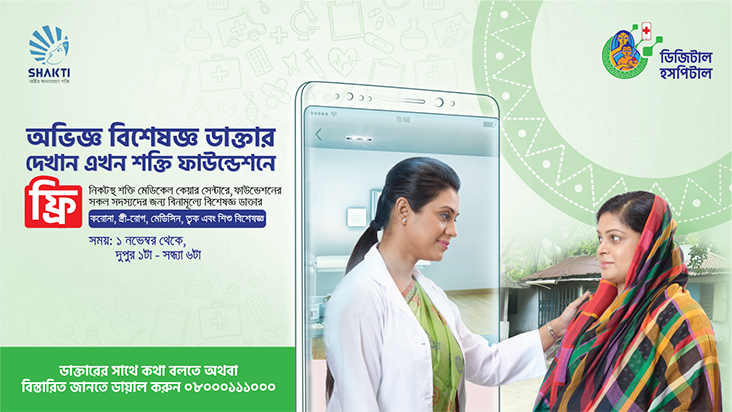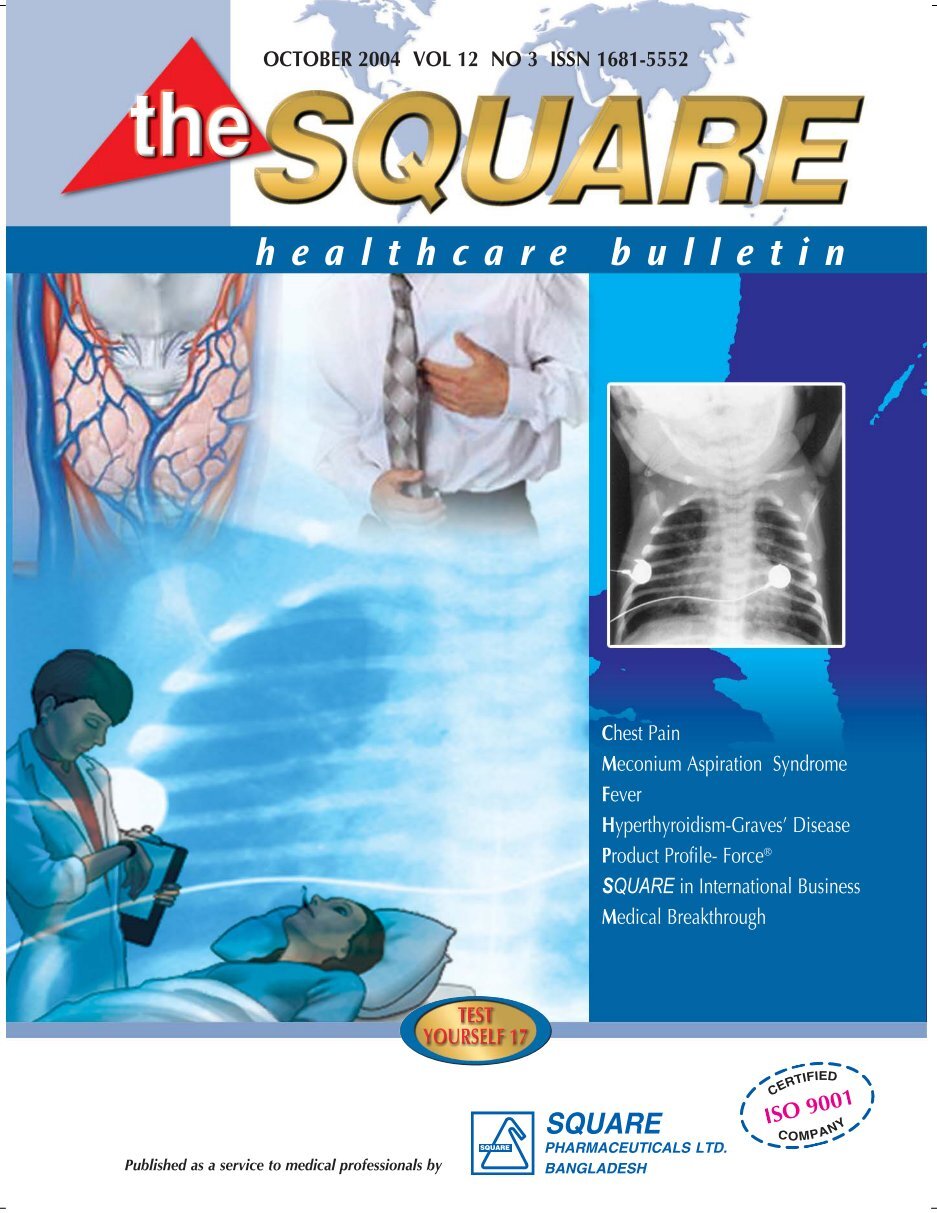Advancements in Telemedicine: Transforming Healthcare Delivery

Abstract: Telemedicine, the use of technology to provide remote healthcare services, has rapidly evolved in recent years, transforming the way healthcare is delivered. This article explores the advancements in telemedicine and their impact on healthcare delivery. It discusses the benefits, challenges, and future directions of telemedicine, highlighting its potential to improve access to care, enhance patient outcomes, and reduce healthcare costs.
Introduction
Telemedicine, also known as telehealth, refers to the delivery of healthcare services remotely through telecommunications technology. This section provides an overview of telemedicine, its history, and the key technologies that enable its implementation. It also highlights the need for telemedicine in addressing healthcare access challenges and improving healthcare outcomes.
Types of Telemedicine Services
Telemedicine encompasses various service modalities that cater to different aspects of healthcare delivery. This section discusses the primary types of telemedicine services, including remote patient monitoring, teleconsultation, teletriage, and telepsychiatry. It explores their applications, benefits, and potential limitations.
Technological Advancements in Telemedicine
Rapid technological advancements have significantly enhanced the capabilities of telemedicine. This section delves into the latest advancements, such as high-definition video conferencing, remote diagnostic devices, wearable sensors, and mobile health applications. It explores how these technologies facilitate real-time communication, remote examination, and data collection, enabling more accurate diagnoses and personalized care.

Benefits and Challenges of Telemedicine
Telemedicine offers several benefits, but it also poses certain challenges. This section examines the advantages of telemedicine, including improved access to care for underserved populations, reduced healthcare costs, and increased convenience for patients. It also addresses challenges related to infrastructure limitations, regulatory compliance, data security, and reimbursement policies.
Telemedicine and Chronic Disease Management
Chronic diseases account for a significant portion of healthcare costs and patient morbidity. This section explores how telemedicine can revolutionize chronic disease management by enabling remote monitoring, medication adherence support, and patient education. It highlights successful telemedicine interventions for conditions such as diabetes, cardiovascular diseases, and respiratory disorders.
Telemedicine in Rural and Underserved Areas
Rural and underserved areas often face challenges in accessing quality healthcare. This section focuses on the role of telemedicine in bridging the healthcare gap in these regions. It discusses telemedicine initiatives targeting rural communities, remote areas, and resource-limited settings. It also addresses the unique considerations and strategies for implementing telemedicine in these contexts.
Regulatory and Ethical Considerations
Telemedicine operates within a complex regulatory and ethical landscape. This section explores the legal and regulatory frameworks governing telemedicine, including licensure, privacy, and malpractice liability. It also discusses ethical considerations, such as ensuring patient autonomy, confidentiality, and informed consent.
Future Directions and Emerging Trends
The future of telemedicine holds immense potential for further advancements. This section explores emerging trends, including the integration of artificial intelligence, remote surgical capabilities, virtual reality applications, and the Internet of Medical Things (IoMT). It discusses how these developments may reshape telemedicine and healthcare delivery as a whole.
Conclusion
Telemedicine has emerged as a powerful tool in transforming healthcare delivery. This article highlights the advancements in telemedicine and their potential to improve access, quality, and efficiency of healthcare services. It emphasizes the need for continued research, collaboration, and policy support to unlock the full potential of telemedicine for the benefit of patients and healthcare systems worldwide.













